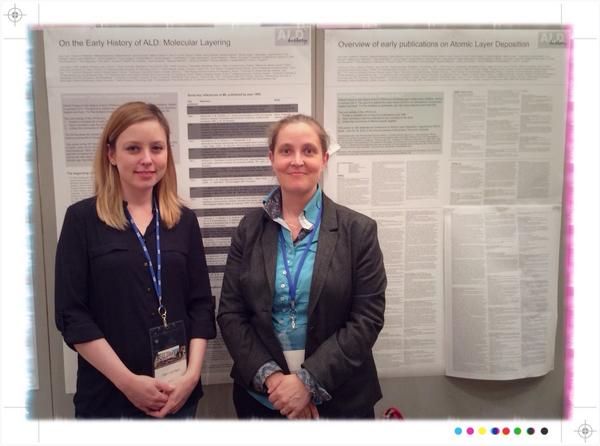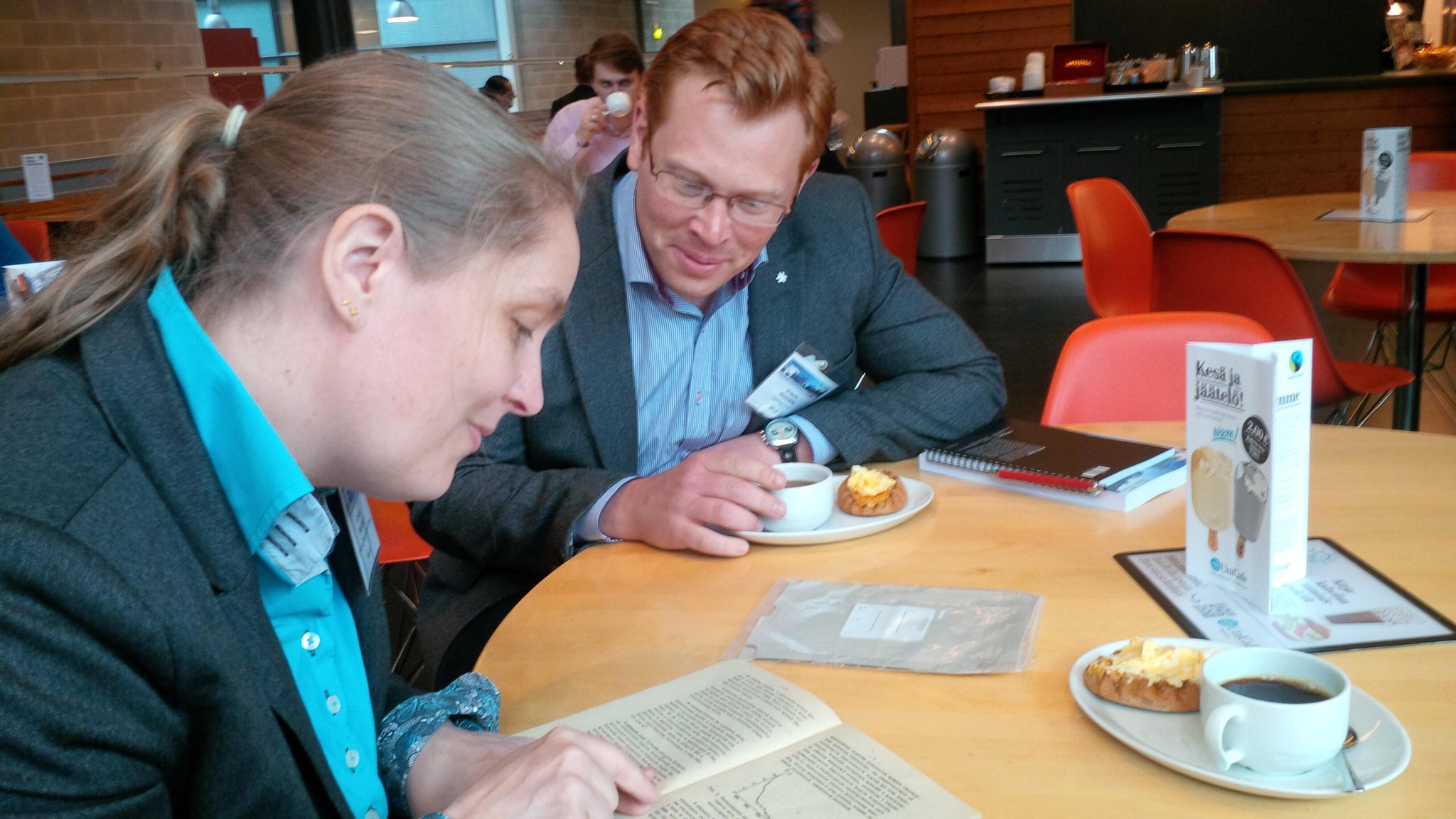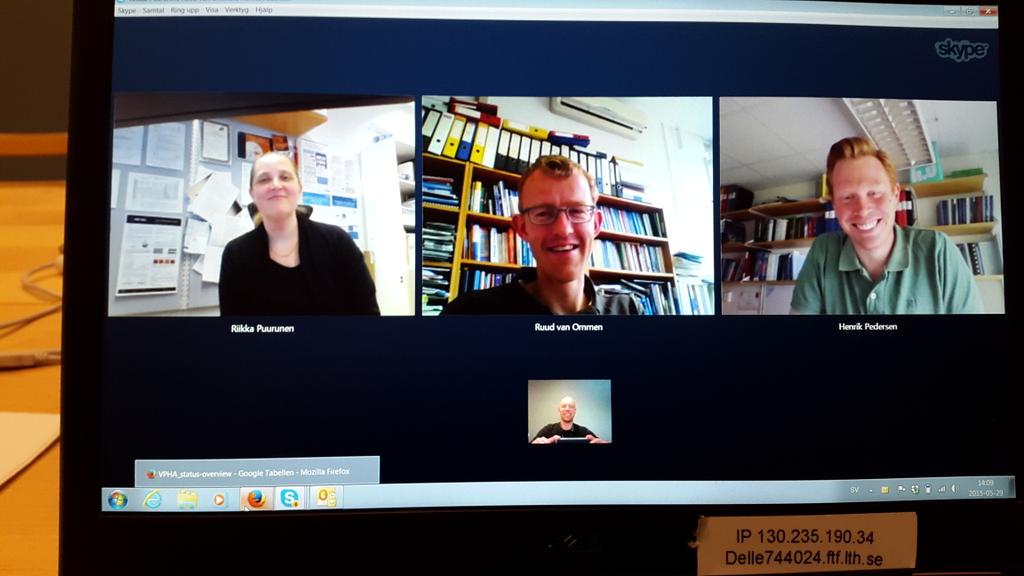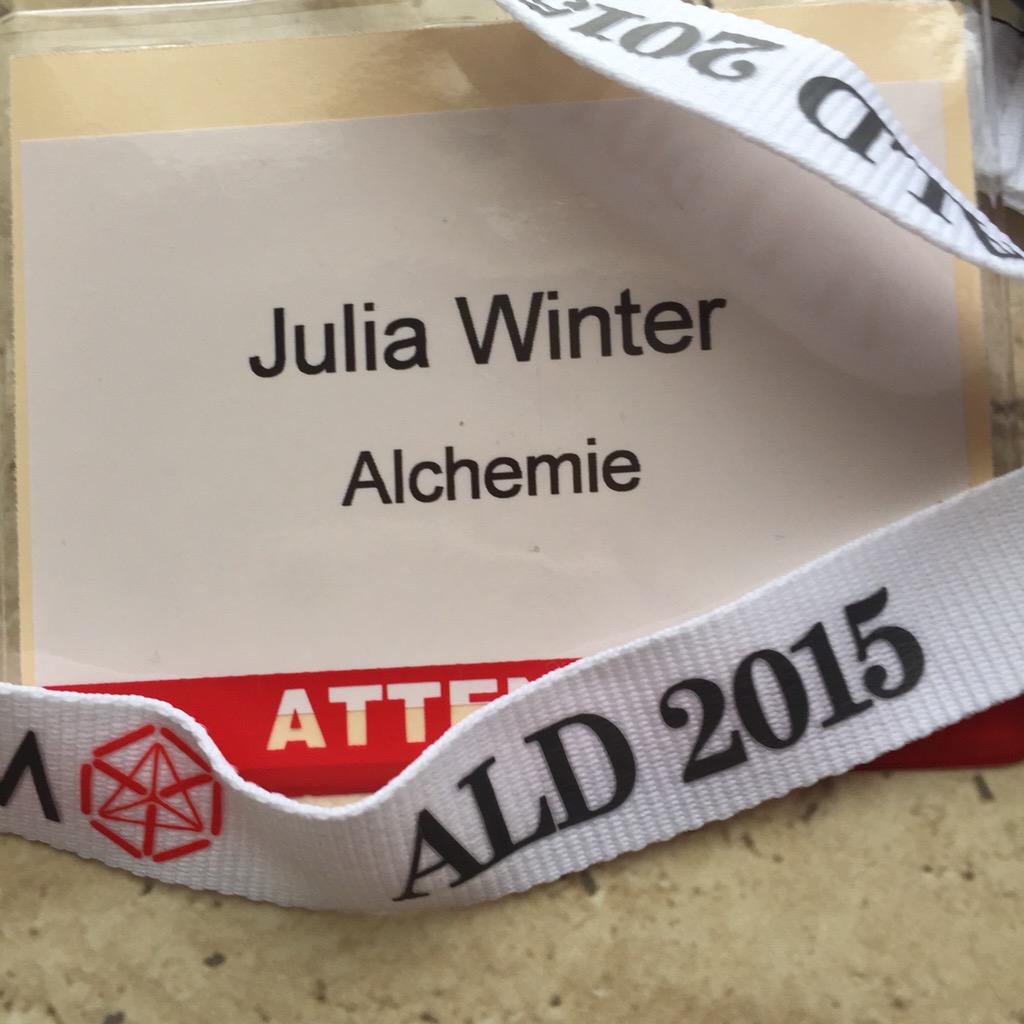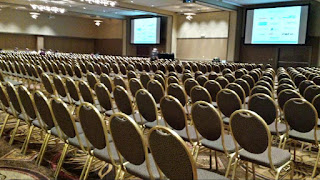The volunteer-based Virtual Project on the History of ALD (VPHA), launched about two years ago (AVS ALD 2013, San Diego), has already significantly advanced our understanding of the history of ALD. It has become clear that ALD has been invented twice independently of each other, under different names, at different times and geographical locations.
The main VPHA activity, reading and commenting on early ALD works up to 1986, has so far resulted in three joint publications (see http://vph-ald.com/Publication%20Plan.html). It is getting time to complete the reading and create at least one more publication, aimed at the AVS ALD 2016 conference.
AVSALD 2014 #ALDep conference: the two #VPHA posters, with co-authors from Bilkent (Riikka, Twitter)
VPHA in numbers:
* There are currently 325 ALD papers listed up to year 1986.
* About 1000 comments to be given (at least three comments per paper).
* 36 people from ten countries and >20 affiliations have already given comments in the ALD-history-evolving-file.
* There is room for many more to join and contribute.
Baltic ALD 2014 in Helsinki: Eating Finnish Pirogs and reading Russian ALD papers looking for the first reference for HfO2 by ALD (Riikka and Henrik)
The condensed publication plan of VPHA is below; full publication details you find from the website created for the VPHA collaboration: http://vph-ald.com. There is also a LinkedIn group, with discussions related to the VPHA and other ALD history aspects:https://www.linkedin.com/groups/ALD-History-5072051/about.
If you are interested joining this unique international collaborative effort, we warmly welcome you on board. For an active start, you can directly add comments in the ALD-history-evolving-file. We are also in the process of creating a “workflow” which will guide one to read the articles that need it the most.
Skype call planning for the VPHA reading project (Riikka, Ruud, Henrik and Jonas)
Info on the progress of “the workflow” and other things will be shared in the ALD History LinkedIn group and through occasional emails to the VPHA authors and prospective authors. To join this VPHA email list, please send me (Riikka) a message - either reply to this post, send a LinkedIn message, or email riikka.puurunen@vtt.fi.
Best regards,
Riikka Puurunen, the (unofficial) VPHA coordinator
---
1) Poster at Baltic ALD 2014 - done
2) Poster at ALD 2014, Kyoto - done
3) Presentation at ALD 2014, Kyoto - done
4) ALD history tutorial at ALD 2014, Kyoto – done
5) Essay on the early history of ALE-ALD – done
6) Website for ALD history and VPHA – done, http://vph-ald.com
7) Exhibition: 40 years of ALD in Finland - Photos, Stories (FinALD40) – done
8) Review article/essay on the early history of ML-ALD - ongoing
9) Presentation at ALD 2016 - ONGOING
10) Optional: general ALD history review article
11) Updating wikipedia
12) Closing the VPHA



%20(1).png)
